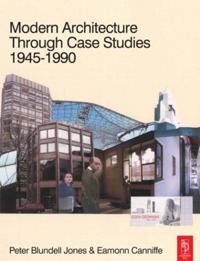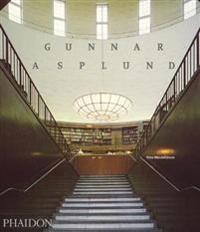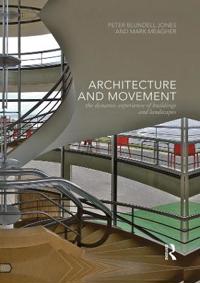Modern Architecture Through Case Studies 1945-1990 (Inbunden)
avPeter Blundell Jones, Eamonn Canniffe, Peter Blundell Jones
ISBN: 9780750663748 - UTGIVEN: 2007-08Once again, new interpretations are presented of some of the most famous architecture of the period. Work by lesser-known architects, whose influence and role have been overlooked by conventional histories of the subject, is discussed. The case study structure allows each example to be discussed and[...]
Gunnar Asplund (Pocket)
avPeter Blundell Jones
ISBN: 9780714863153 - UTGIVEN: 201201A contemporary of Walter Gropius and Le Corbusier, Gunnar Asplund pursued a unique architecture that displayed a blend of classical tradition, vernacular architecture and Modernism. Above all, he achieved a sensitive understanding of the relationship between architecture and its surrounding landsca[...]
Architecture and Movement (Pocket)
avPeter Blundell (EDT) Jones, Mark (EDT) Meagher, Peter Blundell (EDT) Jones
ISBN: 9780415725354 - UTGIVEN: 2014-12The experience of movement, of moving through buildings, cities, landscapes and in everyday life, is the only involvement most individuals have with the built environment on a daily basis. User experience is so often neglected in architectural study and practice. Architecture and Movement tackles th[...]
Gunnar Asplund (Inbunden)
avJones, Peter Blundell
ISBN: 9780714839769 - UTGIVEN: 2006-03-12- Comprehensive monograph of Erik Gunnar Asplund (1885-1940), Sweden's pre-eminent architect and a central figure in the development of Scandinavia's architectural modernism
- Offers an in-depth analysis of Asplund's life and work, in particular his collaborations with architect Sigurd Lewerentz<[...]






